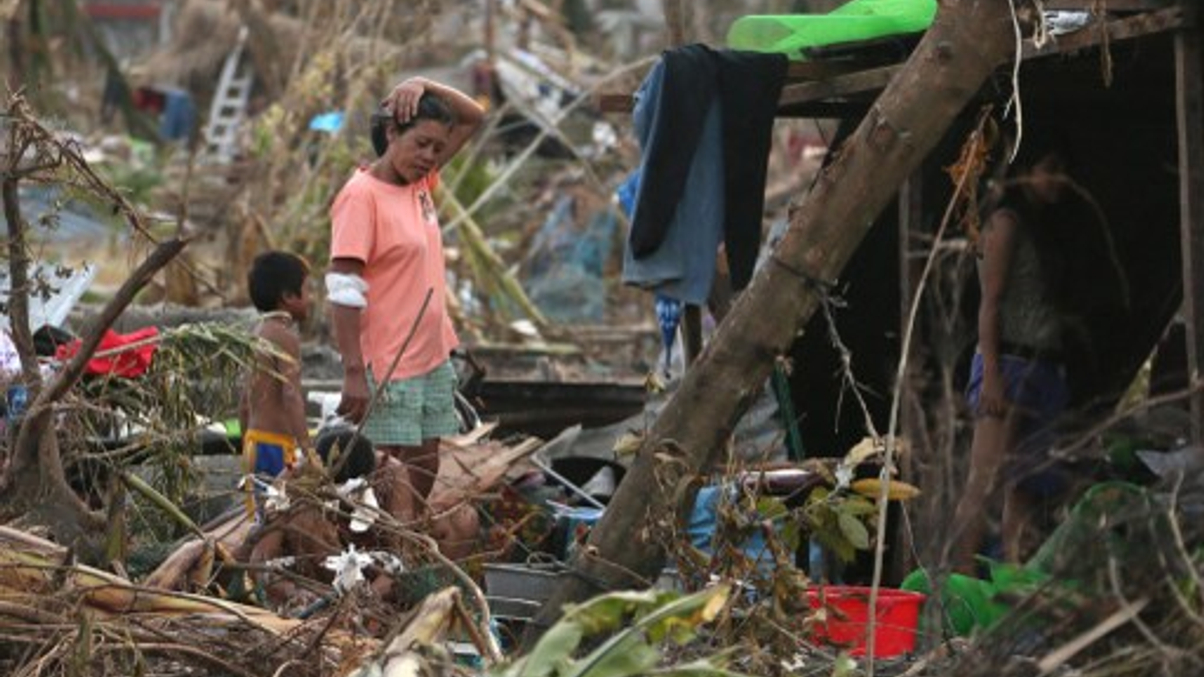Insurance-linked assets divide Japan’s corporate pensions
While some have divested, others have put their faith in securitised products that shift the risk to the capital markets.

Japanese corporate pension funds are dividing over insurance-linked investments, with some having quit the asset class altogether or considering doing so, while others continue to favour the products.
Sign in to read on!
Registered users get 2 free articles in 30 days.
Subscribers have full unlimited access to AsianInvestor
Not signed up? New users get 2 free articles per month, plus a 7-day unlimited free trial.
¬ Haymarket Media Limited. All rights reserved.


